Researchers have discovered a game-changing method for recycling lithium-ion batteries — without using hazardous chemicals.
Category: chemistry – Page 145
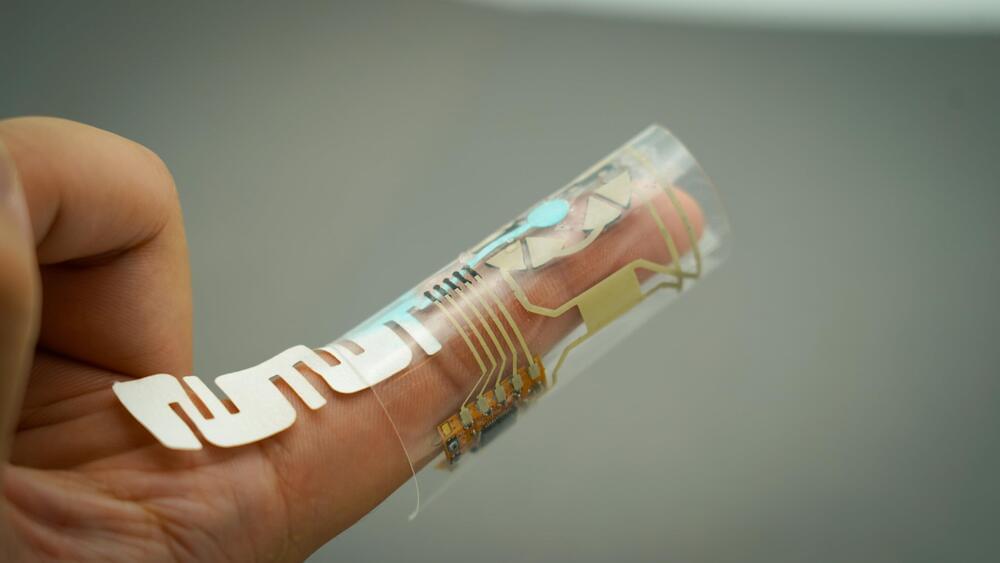
Finger wrap uses sweat to provide health monitoring at your fingertips
A sweat-powered wearable has the potential to make continuous, personalized health monitoring as effortless as wearing a Band-Aid. Engineers at the University of California San Diego have developed an electronic finger wrap that monitors vital chemical levels—such as glucose, vitamins, and even drugs—present in the same fingertip sweat from which it derives its energy.
The advance was published Sept. 3 in Nature Electronics by the research group of Joseph Wang, a professor in the Aiiso Yufeng Li Family Department of Chemical and Nano Engineering at UC San Diego.
The device, which wraps snugly around the finger, draws power from an unlikely source—the fingertip’s sweat. Fingertips, despite their small size, are among the body’s most prolific sweat producers, each packed with over a thousand sweat glands. These glands can produce 100 to 1,000 times more sweat than most other areas of the body, even during rest.
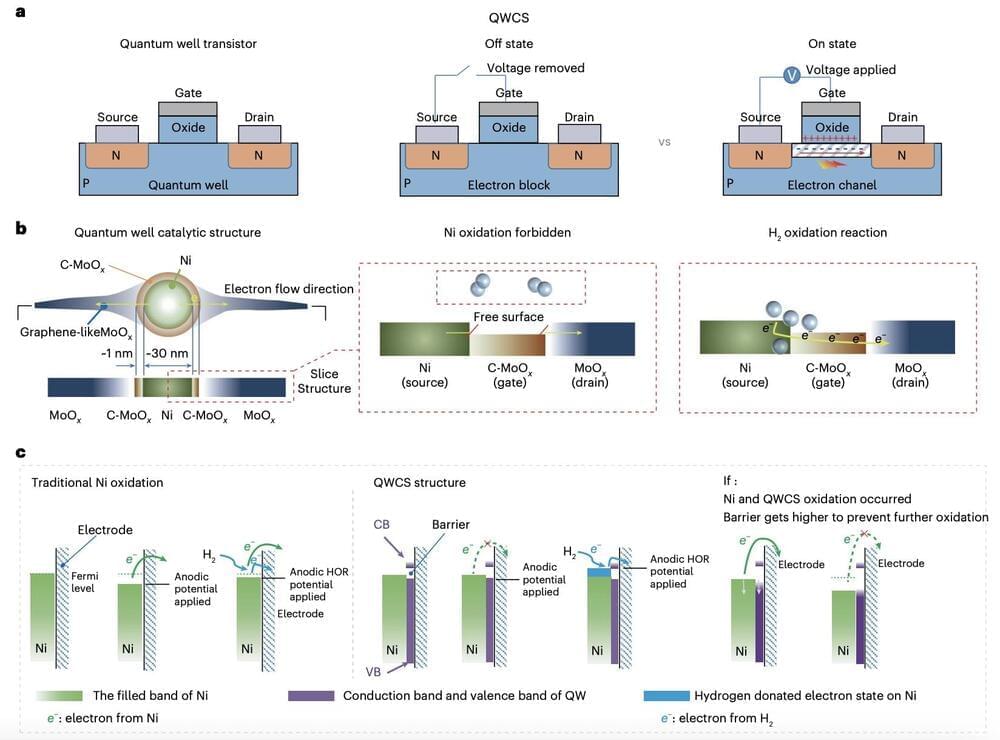
Catalyst design boosts performance of anion-exchange-membrane fuel cells
Fuel cells are energy-conversion solutions that generate electricity via electrochemical reactions without combustion, thus not contributing to the pollution of air on Earth. These cells could power various technologies, ranging from electric vehicles to portable chargers and industrial machines.
Despite their advantages, many fuel cell designs introduced to date rely on expensive materials and precious metal catalysts, which limits their widespread adoption. Anion-exchange-membrane fuel cells (AEMFCs) could help to tackle these challenges, as they are based on Earth-abundant, low-cost catalysts and could thus be more affordable.
In recent years, many research groups worldwide have been designing and testing new AEMFCs. While some existing devices achieved promising results, most of the non-precious metals serving as catalysts were found to be prone to self-oxidation, which causes the irreversible failure of the cells.
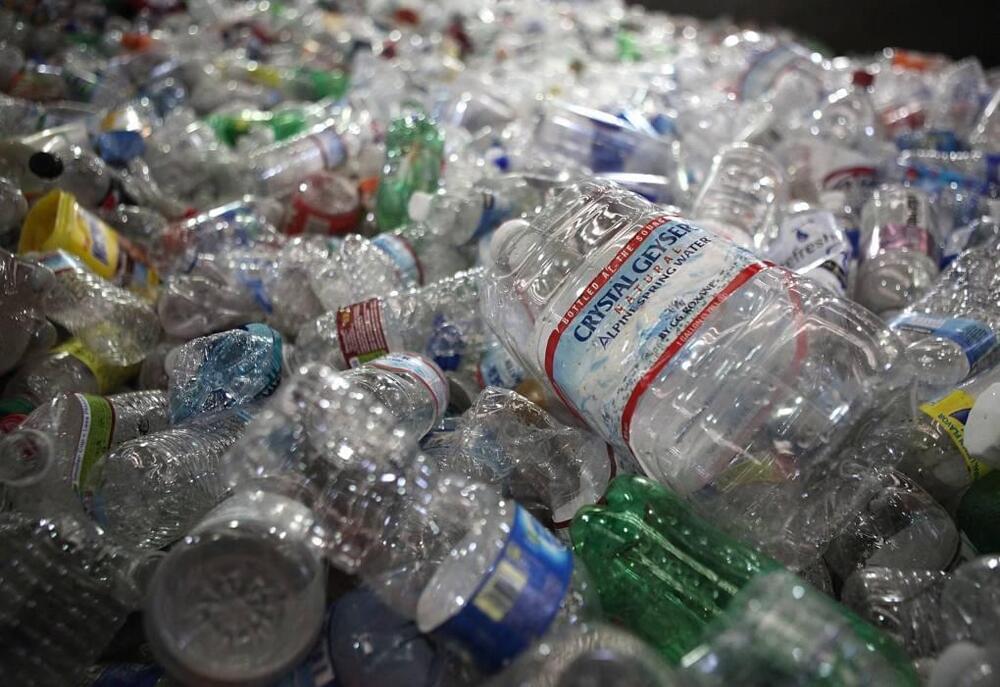
UC Berkeley Chemists Can Now Vaporize Plastic Waste Into Molecular Building Blocks
With mechanical recycling, “if you mix the sandwich bag and the milk jug together and then try to remake an object from that, you can’t make a very good milk jug and you can’t make a very good sandwich bag,” he said. “We’re trying to bring the plastics back to the chemicals from which they’re made in the first place,” Hartwig said.
The researchers use a catalyst, a component of a chemical reaction that makes it go faster, to vaporize both polyethylene and polypropylene plastics — two of the largest volumes of plastics in existence — transforming the solid waste into gases.
The polymers are reduced to their chemical precursors, which can then be reconstructed. In a press release, the university said the process brings “a circular economy for plastics one step closer to reality.”
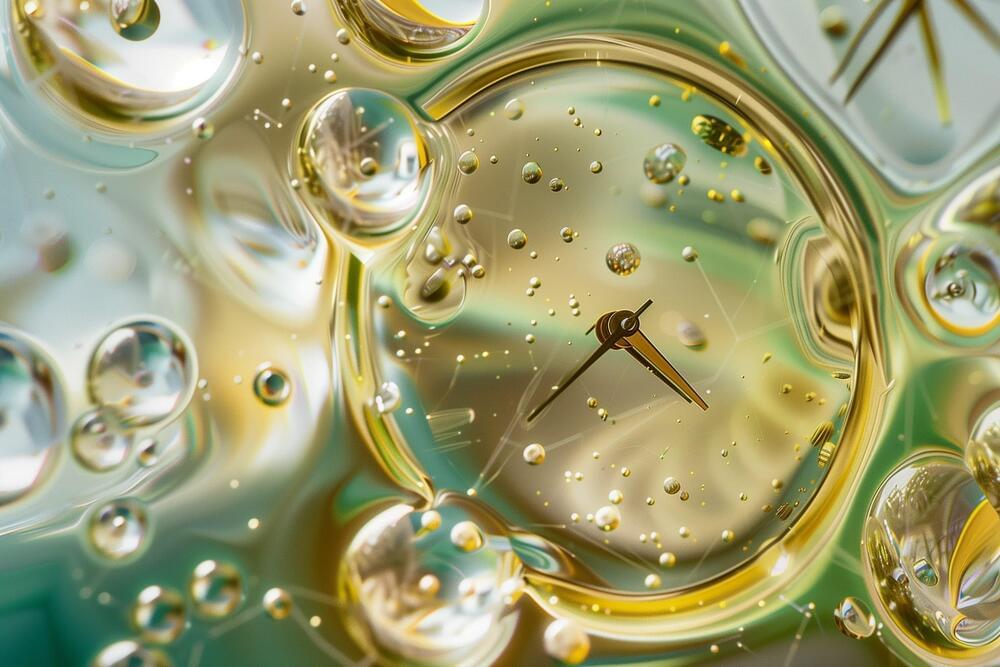
Doubling Lifespan: Scientists Have Discovered a Key Cellular Mechanism That Could Control Longevity
UC Merced researchers have found that the protein OTUD6 can alter protein production in cells, potentially affecting lifespan and cancer, with future research aimed at exploiting this for therapeutic benefits.
Researchers at UC Merced used fruit flies to uncover a cellular process shared by many organisms, which could significantly advance the understanding of cancer and aging.
Department of Molecular and Cell Biology Professor Fred Wolf, then-graduate student Sammy Villa, and Genentech Vice President and Senior Fellow in Physiological Chemistry and Research Biology Vishva Dixit, discovered a mechanism that cells use to tune how much protein they make through the process of translating RNA into protein.
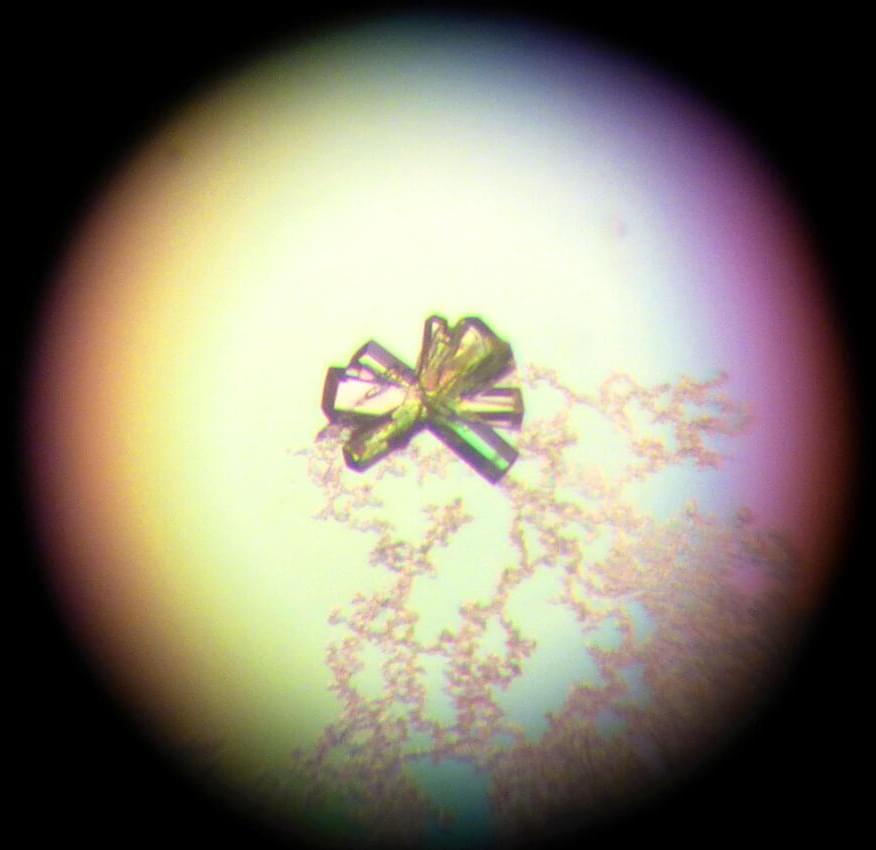
Crystallized alternative DNA structure sheds light on insulin and diabetes
The crystal structure the scientists developed can enable computational-based drug discovery to be used to target the i-motifs from the insulin gene, because when scientists know the specific 3D shape, they can design molecules digitally and model them to see whether they will fit.
Scientists can then develop new drugs using particular chemicals when they know which ones will fit the drug target best—a process called rational design.
As the first crystal structure of this type, the researchers say it will also be useful as a model for other targets in the genome, besides the insulin gene, which form this shape of DNA.
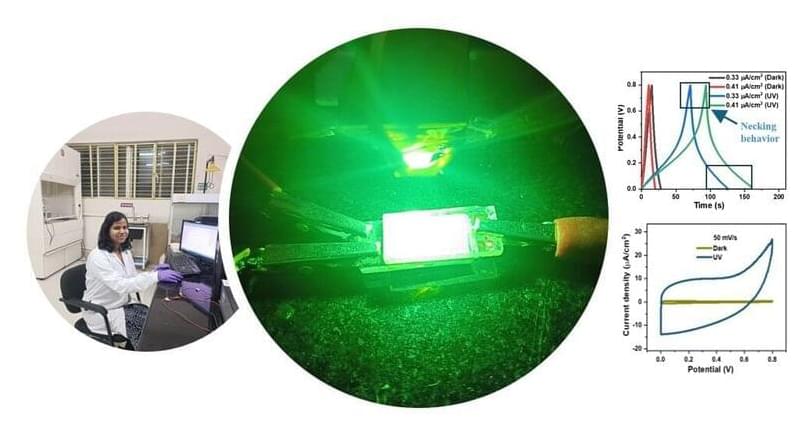
Researchers develop light-charged supercapacitor for self-powered devices
Researchers at the Department of Instrumentation and Applied Physics (IAP), Indian Institute of Science (IISc) and collaborators have designed a new supercapacitor that can be charged by light shining on it. Such supercapacitors can be used in various devices, including streetlights and self-powered electronic devices such as sensors.
Capacitors are electrostatic devices that store energy as charges on two metal plates called electrodes. Supercapacitors are upgraded versions of capacitors—they exploit electrochemical phenomena to store more energy, explains Abha Misra, Professor at IAP and corresponding author of the study published in the Journal of Materials Chemistry A.
The electrodes of the new supercapacitor were made of zinc oxide (ZnO) nanorods grown directly on fluorine-doped tin oxide (FTO), which is transparent. It was synthesized by Pankaj Singh Chauhan, first author and CV Raman postdoctoral fellow in Misra’s group at IISc.
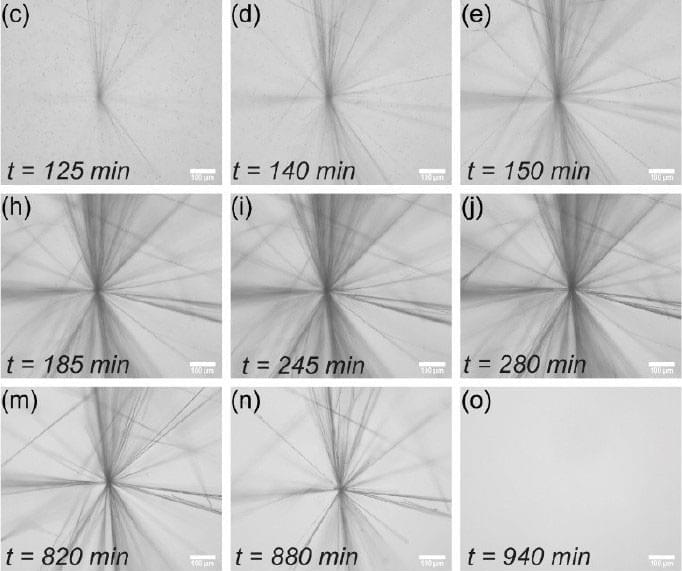
Real-time control over a chemical reaction network by light
Self-assembled molecules are responsible for important cellular processes. Self-assembled structures such as microtubules or actin filaments are key to cell motility: change of shape, division or extension of membranes. These self-assembled entities have the peculiarity of being formed temporarily, since they require energy consumption. Inspired by nature, there is currently an active area of research that attempts to replicate this process of self-assembly artificially, using the so-called chemical reaction networks.
The control of self-assembly by means of chemical reaction networks is based on the activation of a monomer prone to self-assembly, which is then deactivated. In this way, the self-assembled structure requires a continuous energy consumption to perpetuate itself. From a chemical point of view, this energy is provided by a “fuel”, a chemical reagent. Depending on the availability of that energy source, the self-assembly process occurs or not.
Traditionally, highly reactive fuels have been used to carry out the activation, with little control over the deactivation process. This also implies that the activation and deactivation fuels tend to react with each other, making artificial dissipative self-assembly processes ineffective. In nature, these two processes are controlled by catalysts, which increases their efficiency. Thus, the introduction of catalysts in these processes and the control of their activity by external stimuli such as light are highly desirable, since they can limit part of these problems.
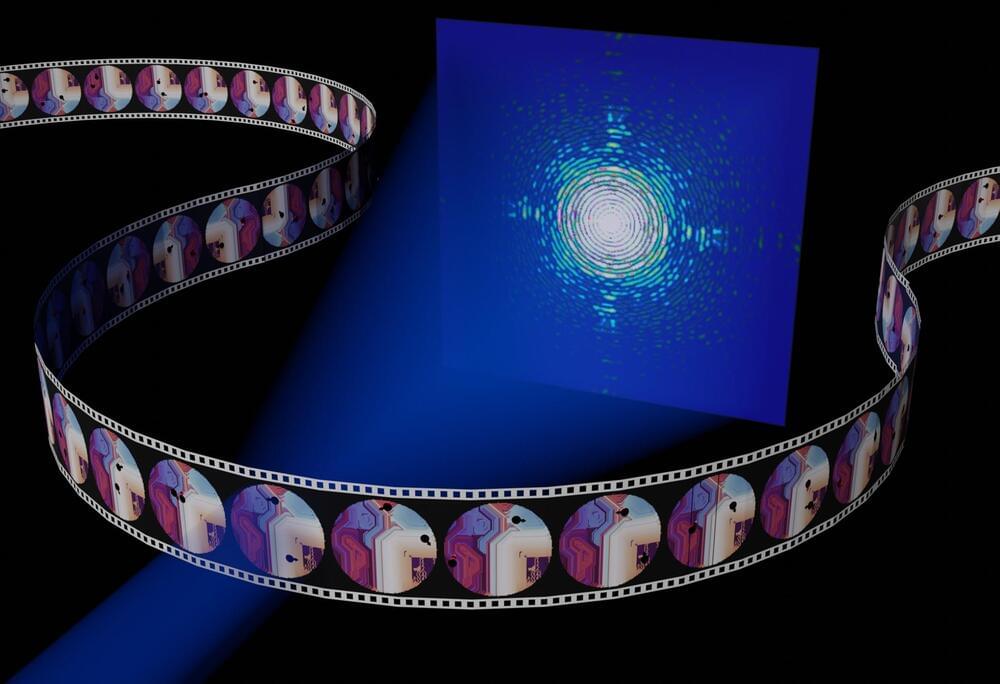
A new method captures the stochastic dynamics in coherent X-ray imaging
Coherent X-ray imaging has emerged as a powerful tool for studying both nanoscale structures and dynamics in condensed matter and biological systems. The nanometric resolution together with chemical sensitivity and spectral information render X-ray imaging a powerful tool to understand processes such as catalysis, light harvesting or mechanics.
Unfortunately these processes might be random or stochastic in nature. In order to obtain freeze-frame images to study stochastic dynamics, the X-ray fluxes must be very high, potentially heating or even destroying the samples.
Also, detectors acquisition rates are insufficient to capture the fast nanoscale processes. Stroboscopic techniques allow imaging ultrafast repeated processes. But only mean dynamics can be extracted, ruling out measurement of stochastic processes, where the system evolves through a different path in phase space during each measurement. These two obstacles prevent coherent imaging from being applied to complex systems.
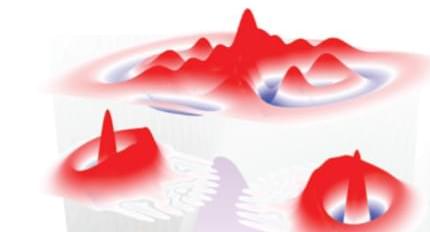
New Quantum Effect in Textbook Chemistry Law
The observation of quantum modifications to a well-known chemical law could lead to performance improvements for quantum information storage.
The Arrhenius law says that the rate of a chemical reaction should decrease steadily as you increase the energy barrier between initial and final states. Now researchers have found a system that obeys a quantum version of the Arrhenius law, where the rate does not drop smoothly but instead decreases in a staircase pattern [1]. The system is a type of quantum bit (qubit) that is particularly robust against environmental disturbances. The researchers demonstrated that they can take advantage of this quantum effect to improve the qubit’s performance.
Technologies such as quantum computers and quantum cryptography use qubits to store information, and one of the continuing challenges is that uncontrolled environmental effects can change the state of a qubit. The most common solutions require large amounts of hardware, but an alternative method is to use qubits that are more error resistant, such as so-called cat qubits. The information in these qubits is stored in robust combinations of quantum states that resemble the states in Schrödinger’s famous feline thought experiment (see Synopsis: Quantum-ness Put on the Scale).